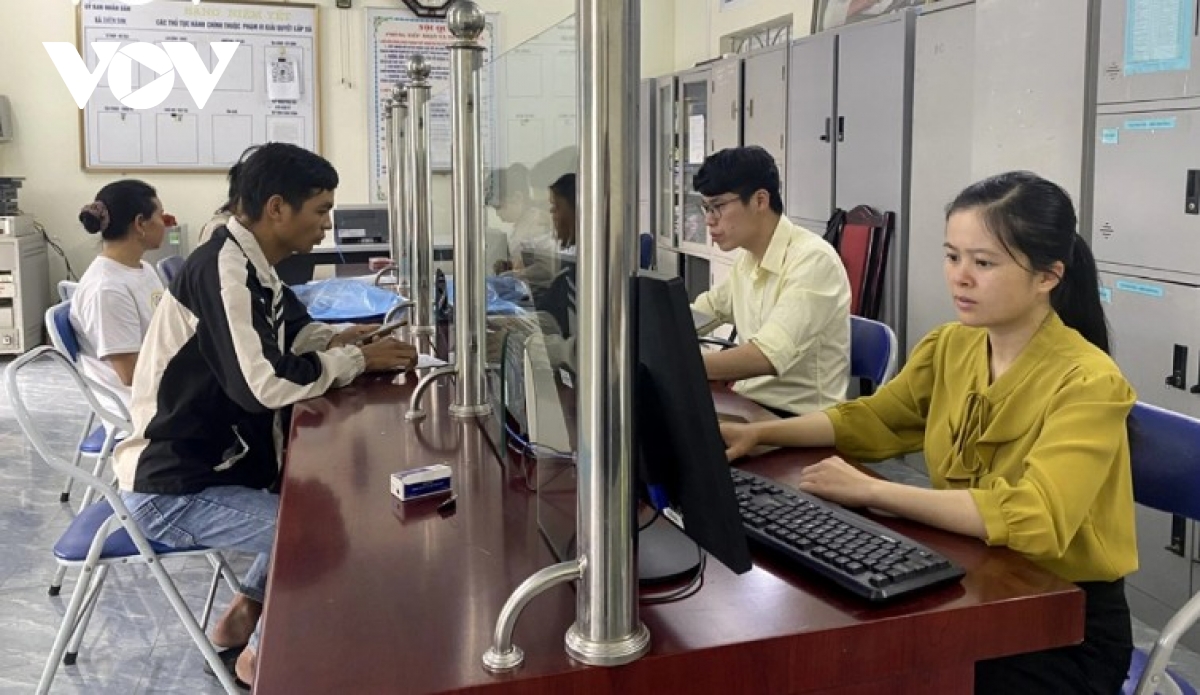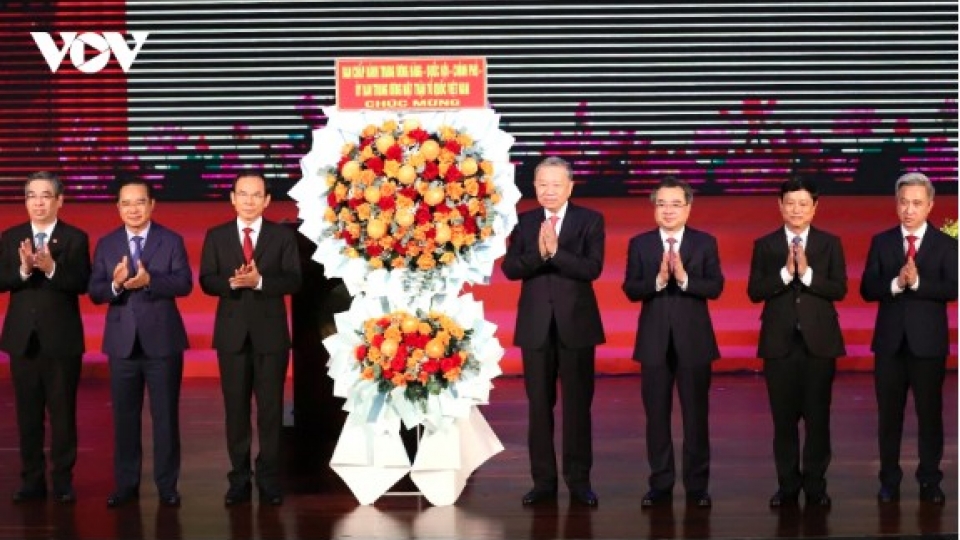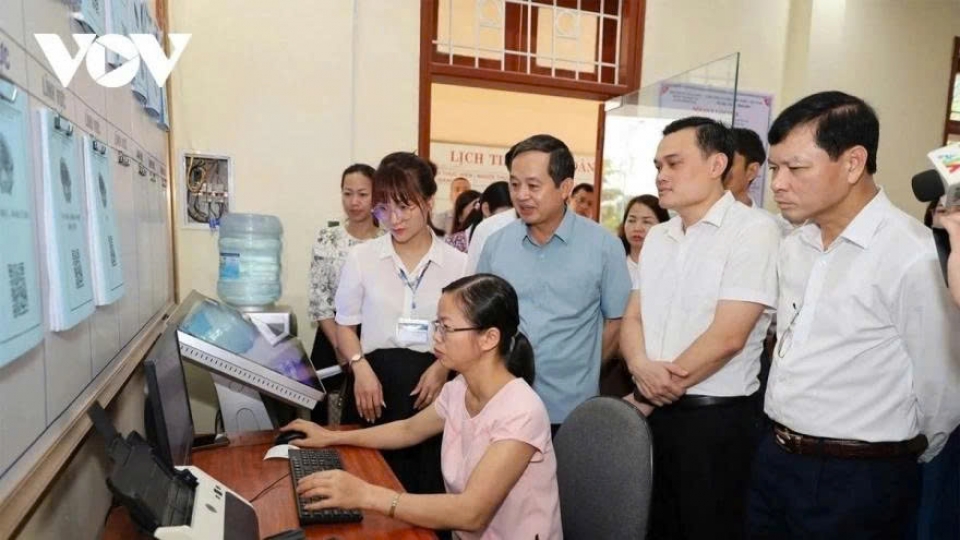Swiss-Vietnam Economic Forum backs Vietnam’s nationwide administrative restructuring
VOV.VN - As Vietnam solemnly held nationwide ceremonies on July 1 to announce central and local resolutions and decisions on the merger of provincial- and commune-level administrative units and the establishment of corresponding Party organizations and bodies, a representative of the Switzerland–Vietnam Economic Forum (SVEF) has highlighted the significance of this historic milestone in a recent media interview.

Rachel Isenschmid, Secretary of SVEF, stated that the adjustment of administrative boundaries and the restructuring of the local government system is a bold and necessary step as Vietnam moves toward a development model that is more sustainable, efficient, and competitive.
This is not simply a matter of merging or separating localities, but a strategic restructuring of development space to create stronger growth regions with greater international integration capacity and the ability to attract high-quality investment flows, she stressed.
“This ‘reshaping of the national map’ could produce administrative–economic units of sufficient scale to enhance regional competitiveness and reduce fragmentation of resources.
According to Isenschmid, this effort is especially significant in attracting foreign investment, as investors often focus on long-term vision, governance stability, and regional coordination capacity. Larger, more cohesive local markets with clearer development strategies will be better positioned to establish effective public–private partnership models that meet international standards.
SVEF believes that if implemented effectively, this strategy will enable localities to build multi-sector development ecosystems where finance, technology, tourism, education, and innovation can reinforce one another.
SVEF also see strong potential for establishing cross-border cooperation zones between Vietnamese provinces and Swiss or international partners, particularly in green finance, high-tech manufacturing, vocational training, and startup incubation, Isenschmid noted.
SVEF has recently organised various events attended by high-level delegations from Vietnam and has promoted multiple cooperation initiatives to help realise the comprehensive partnership between Switzerland and Vietnam.
This November, SVEF will host an event in central Da Nang city. Commenting on the project, particularly in light of Da Nang’s merger with Quang Nam province, Isenschmid said that the merger of Da Nang and Quang Nam is a strategic turning point, not only administratively but also in terms of regional economic development. As Vietnam strives to develop regional financial centres, the consolidation could open a new development space of sufficient scale, combining favourable geographic location, infrastructure, human capital, and development vision. Geographically, Da Nang and Quang Nam lie at the heart of the East–West Economic Corridor, with convenient access to key markets across ASEAN and the Asia–Pacific. This is a vital condition for building an internationally connected financial services hub.
According to her, the region already possesses strong infrastructure such as deep-water ports, international airports, high-tech zone, and major industrial parks – key foundations for developing a robust financial–investment and fintech ecosystem.
Notably, Da Nang has long been regarded as a national leader in administrative reform and investment transparency. Policy consistency and stability are a major advantage in the eyes of financial investors, especially in today’s global value chain restructuring context.
If Da Nang can continue to strengthen its legal framework for innovation, pilot sandboxes for digital finance models, and adopt a strategy to attract global financial institutions, then its goal of becoming a regional financial hub is realistically attainable in the medium term, Isenschmid assessed.
In addition, human capital and international collaboration play essential roles. The growing presence of universities, research institutes, and development organisations in Da Nang will help nurture a high-quality workforce for finance, banking, insurance, and also boost stronger cooperation between government, businesses, and academia.
With all these factors, the SVEF Secretary expressed hope that Da Nang–Quang Nam could be positioned as a new financial centre, not just an aspiration, but a goal increasingly grounded in practical reality.




